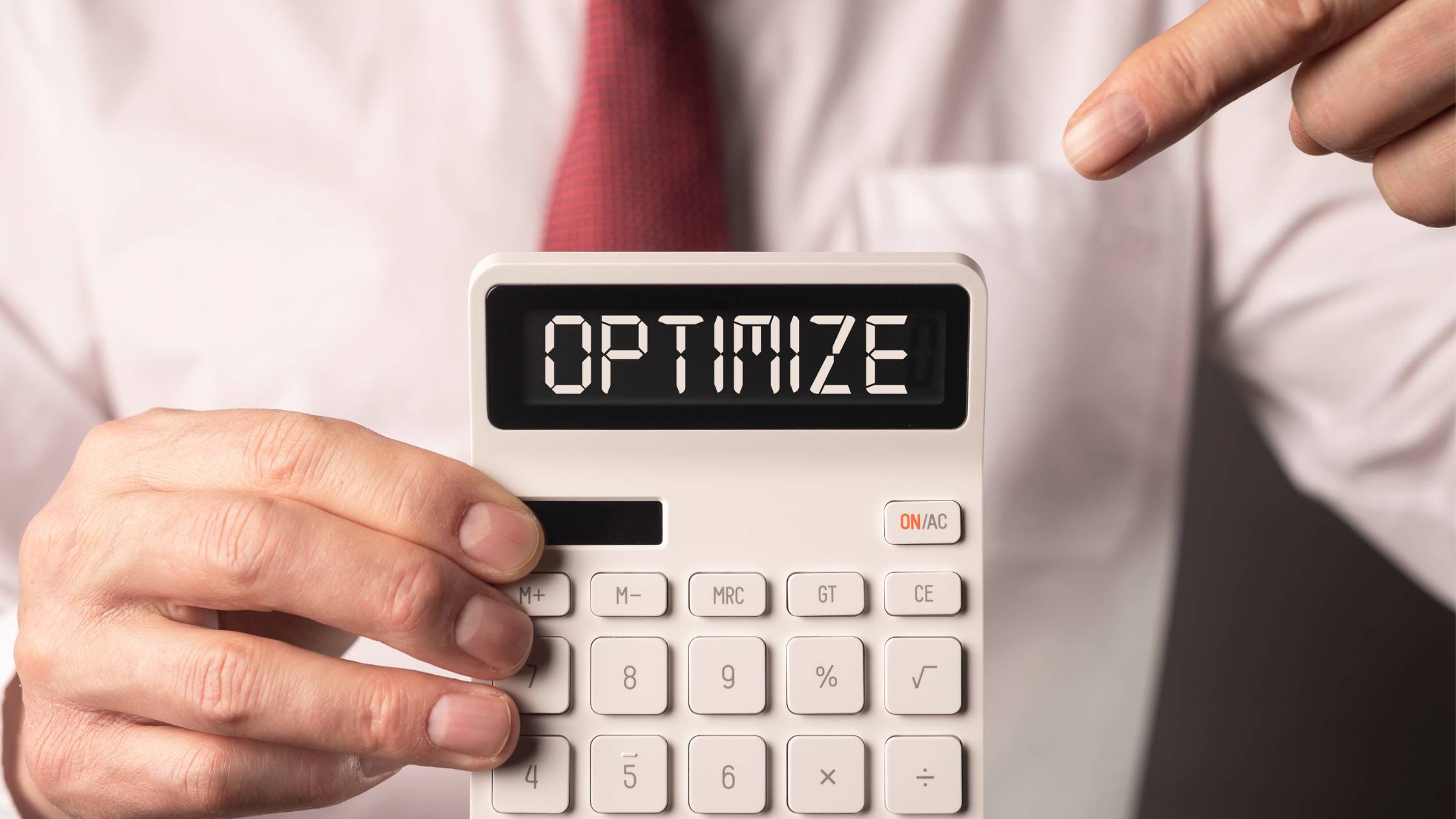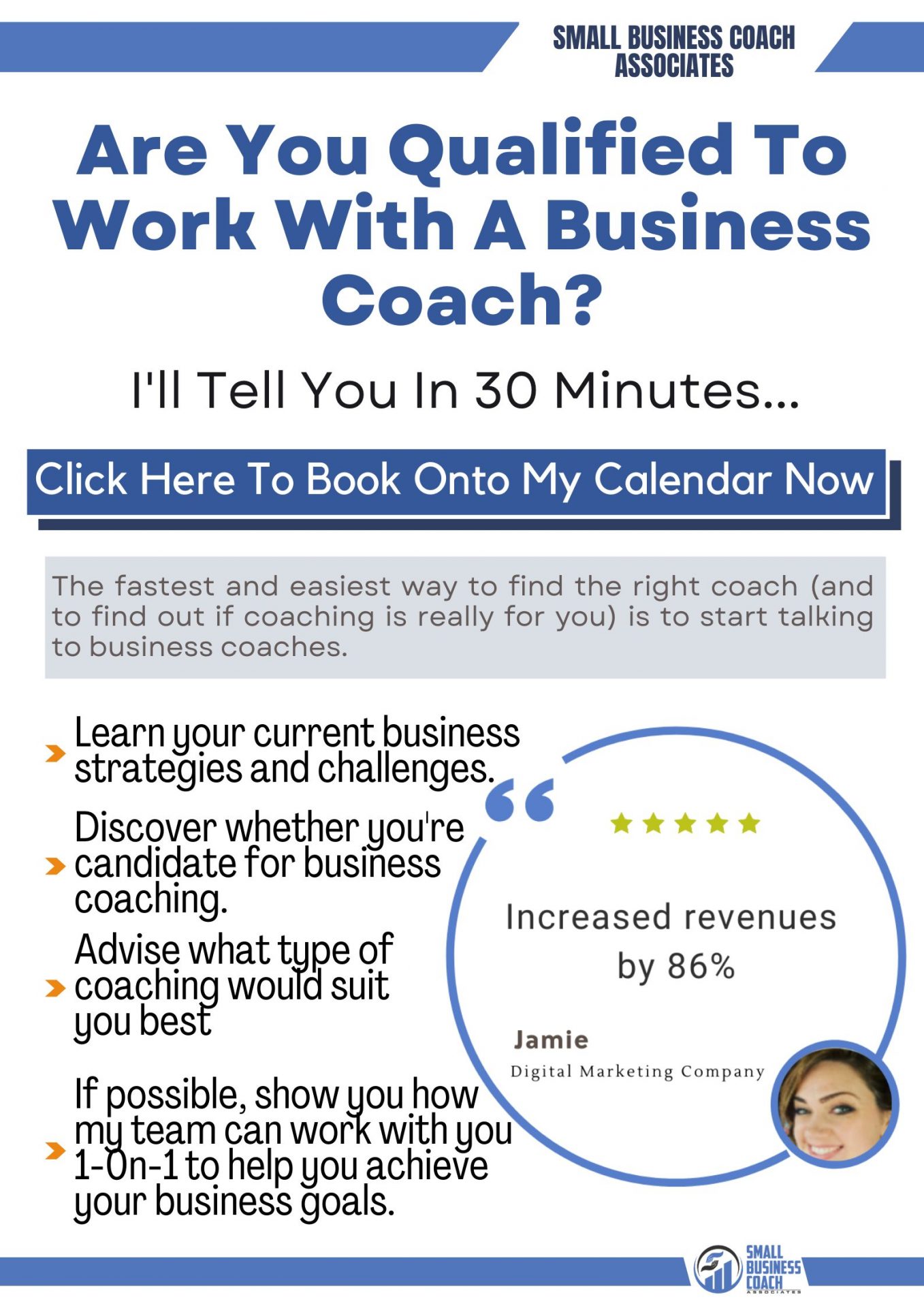VIEW BY TOPIC
- Finding Customers
- Business Systems
- Managing Employees
- Leadership
- Managing Money
Related Posts

Ready to Grow Your Business Fast?
Here’s How I Grew Five Businesses, and Eventually Sold One to a Fortune 500 Company.

11 Ways to Use Content Marketing in Every Stage of the Sales Funnel
A content marketing strategy that effectively serves its purpose is one that guides people from awareness to conversion. However, achieving this aim is a multi-step process.
Research has shown that the average person consumes about 11 pieces of content before making a purchase. B2B buyers consume an average of 13 pieces of content before settling on a vendor.
The reason for the high levels of content consumption is that people must go on what is known as the “buyer’s journey.” This is the process wherein an individual moves from becoming aware of a product to ultimately purchasing that item.
Content is the tool that facilitates that journey.
A strong content marketing strategy successfully guides shoppers through the sales funnel and generates sales for eCommerce retailers. Therefore, understanding how to use content in each stage of the funnel is critical to the profitability of a content marketing program.
However, before diving into how to use content for each stage a consumer will move through, let’s examine those phases a bit closer.
The Sales Funnel Stages
In its most basic form, the sales funnel has three stages: awareness, evaluation and purchase.
Top of Funnel: Awareness
At the awareness stage of the sales funnel, consumers are attempting to meet a need, solve a problem or obtain an answer. Folks achieve this aim through seeking out educational content that will help to point them toward the solution they seek.
At this point, the value of the lead is low, as there is little promise that they will buy from any specific seller. That said, those who find a merchant’s content to help enlightening or enjoyable often find themselves moving on to the middle of the funnel.
Middle of Funnel: Evaluation
When an individual enters the middle of the funnel, it indicates that a retailer has successfully caught their attention. These people now have some understanding of how to resolve their problem or need and are now interested in the best solution possible.
At this point, sellers should begin to educate prospects as to why their solutions are the best option for the consumer. It is here where shoppers are likely to spend most of their time, as merchants will need to invest time in nurturing consumers, establishing trust and building a relationship.
Bottom of Funnel: Purchase
When consumers reach the bottom of the funnel, they are ready to make a decision on their purchase. In most cases, those at this stage will need one final nudge to get them to buy from a seller.
By presenting the right offer, incentive or call-to-action, merchants can successfully drive conversions for their eCommerce store.
With the broad strokes covered, it’s time to establish the various ways that sellers can use content marketing at each stage of the funnel.
Creating Content to Move Shoppers Through the Sales Funnel
Naturally, before beginning the content creation process, sellers will need to choose content marketing topics for maximum impact. However, this is outside of the scope of this piece.
Assuming that merchants understand the topics and subject matter that their audience is interested in consuming, here is how merchants can use content at each stage of the funnel.
Top of Funnel Content
Top of the funnel content is geared toward reaching the broadest range of prospective buyers possible.
Some of the best types of content for this stage include:
- Blog posts: Many potential customers will turn to Google for answers to their problems. Crafting targeted, intent-based blog posts can be a powerful eCommerce SEO strategy that gets a brand in front of the right audiences at the right time. Moreover, by making these publications shareable, sellers can potentially increase their reach.

- Infographics: These images break down a subject in a visually appealing manner, thereby making them easy to understand and highly shareable.

- Videos: Video content is the most popular form of content online. When done correctly, videos can have a dramatic impact on a retailer’s conversion rates, given that 64 percent of consumers make a purchase after watching a marketing video.

- Podcasts: Podcasting is a prevalent form of content as podcasts are essentially the modern version of radio shows. Moreover, podcasts can be transcribed and used to create other types of content, such as blogs and infographics.

While there are other forms of top of the funnel content, these are some of the most popular and effective methods of drawing in potential buyers.
Middle of Funnel Content
Now that retailers have captured the attention of a consumer with some useful information, it is time to begin delivering more in-depth educational pieces that will help move them to the next stage of the funnel.
Here, sellers will want to capture an individual’s contact information so that they can be nurtured and cultivate a sense of trust toward the brand. Therefore, retailers will likely want to deploy a lead magnet as this is a useful tool in achieving the two previously mentioned aims.
Some of the lead magnets that sellers might opt to use include:
- Guides or eBooks: These tend to be “how-to” types pieces that help the audience to solve a problem. However, retailers should remember when creating a guide or eBook to go into detail about how their product or service can help to resolve the issue more quickly or efficiently.
- Worksheets: This is often a complementary lead magnet to a “how-to” piece that helps to guide and track the progress of an individual as they work through the problem.
- Case studies: This is a data-driven form of original research that produces unique insights and showcases how a product or service helped resolve the issue in question.
- White papers: This form of content is an authoritative, in-depth report on a specific subject that presents a problem and a solution as a means of educating the audience. A white paper is essentially an advanced problem-solving guide.
When developing lead magnets, the key is to create a piece that is unique, practical and actionable for consumers. These must provide tangible value that individuals can put to use in an immediate way.
Bottom of Funnel Content
As opposed to the broad, general top of the funnel content, this is where things get far more personal. Bottom of the funnel content should serve as the bridge between the free information provided thus far and the paid product sold by the store.
This type of content is frequently (though not always) delivered via email after potential buyers have been entered into an email nurture campaign. This type of sequence gradually builds on itself and helps to connect the dots for consumers, leading them from the original problem to the crescendo of the solution. Once this has all been outlined for them, retailers can then deliver:
- Product comparison charts: With this piece of content, sellers show customers exactly what they get when they purchase an item and how it stacks up against competitor products. This saves shoppers much of the energy they would invest in their decision-making efforts and lays out the benefits a particular product has over others in a clear and easily consumable format.
- User-generated content: This can be anything from Instagram images to product reviews, customer testimonials or other forms of user-generated content that highlight how much other buyers have enjoyed a product and found it to be worthy of their dollars.
- Time-sensitive discount offer: Providing potential buyers with a limited-time discount code to use on their first purchase can be the motivating factor that gets the shopper off the fence and into the checkout process.
- A strong content marketing strategy successfully guides shoppers through the sales funnel and generates sales for eCommerce retailers.
While retailers who engage the bottom of the funnel consumers with content are likely to earn a sale, it is essential to remember that this is just the beginning of the relationship. Therefore, sellers will have to follow through and continue to deliver content that cultivates loyalty.
Given the sheer amount of content that goes into each stage of the sales funnel and relationship thereafter, sellers might want to consider partnering with an eCommerce content marketing agency to ensure that each phase is handled in an effective and profitable manner.
To effectively move a consumer from awareness to purchase, sellers must approach their content production and promotion differently for each stage of the sales funnel. It is all about getting the right kind of content in front of users at the right time and in the right way.
However, no matter which stage of the funnel a consumer resides in, it is critical to understand whom a retailer is speaking to and providing them with the relevant information for where they are currently.
Utilize the content forms listed above to create a content marketing sales funnel that develops authority, traffic and sales.














